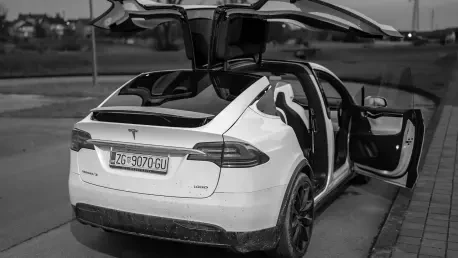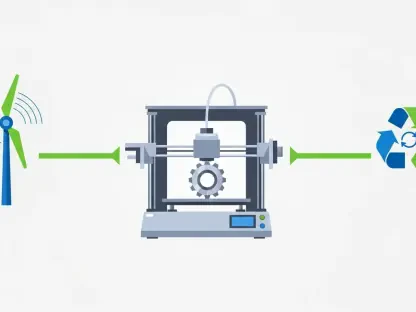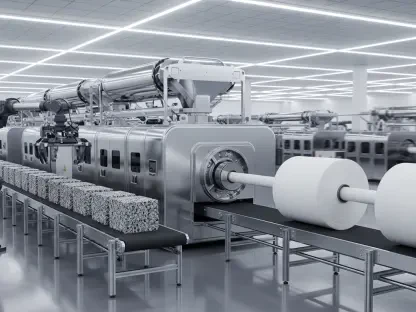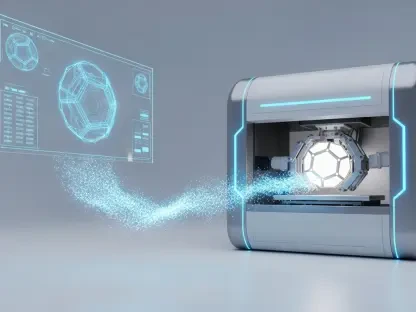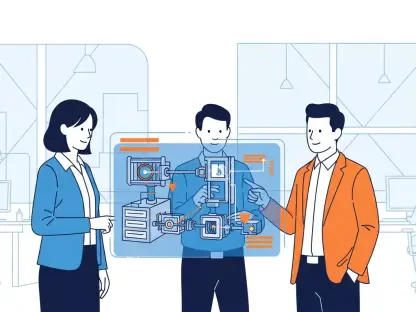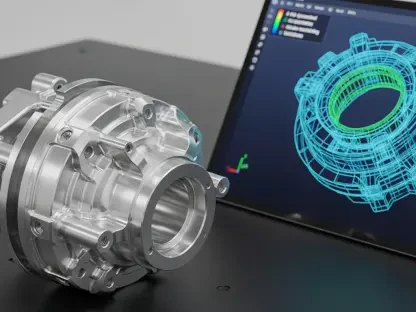Imagine being a parent, frantically trying to reach your child trapped inside a locked Tesla during an emergency, only to realize the electronic door handle won’t budge. This terrifying scenario has become a reality for some Tesla owners, sparking widespread alarm over door handle defects in vehicles like the 2021 Model Y. With the National Highway Traffic Safety Administration (NHTSA) investigating thousands of affected vehicles, questions about passenger safety and design reliability have taken center stage. This roundup gathers perspectives from industry analysts, safety advocates, and affected consumers to explore the depth of this crisis, compare differing views on Tesla’s approach, and uncover potential solutions for a safer future.
Uncovering the Crisis: Diverse Views on Tesla’s Door Handle Issues
Safety Risks in Focus: What Stakeholders Are Saying
The core of this issue lies in reported malfunctions of Tesla’s electronic door handles, particularly in the 2021 Model Y, where insufficient battery voltage can disable external access without a manual override. Safety advocates argue that this design flaw poses an immediate threat, especially to vulnerable passengers like children who may be unable to use internal releases. Reports of parents smashing windows to free trapped children have fueled calls for urgent action, with many emphasizing that such emergencies expose a critical gap in Tesla’s safety protocols.
On the other hand, some industry observers note that while the problem is serious, it affects a small fraction of the 174,300 vehicles under NHTSA scrutiny. They suggest that the nine documented incidents, though alarming, may not represent a systemic failure but rather isolated cases of battery management issues. Repair invoices showing battery replacements as a common fix have led to discussions about whether better diagnostic tools could prevent these scenarios, highlighting a divide between those who see a design flaw and others who view it as a maintenance concern.
A third perspective comes from Tesla owners themselves, many of whom express frustration over the lack of prior warnings about low voltage. Their accounts reveal a sense of betrayal, as the promise of cutting-edge technology seems to falter in critical moments. This mix of fear and disappointment underscores a broader concern: whether the allure of innovation is overshadowing the need for practical, fail-safe mechanisms in everyday use.
Historical Patterns: Opinions on Recurring Door Problems
Beyond the Model Y, door-related safety issues have surfaced across other Tesla models, drawing varied reactions from different quarters. Consumer safety groups point to incidents involving the Cybertruck and Model 3, where passengers were trapped during post-crash fires due to power loss. These cases, including a high-profile escape from a burning Cybertruck by a college basketball recruit, have intensified scrutiny over whether Tesla’s reliance on electronic systems compromises occupant safety in emergencies.
Automotive engineers, however, offer a more nuanced take, suggesting that while power loss is a valid concern, the industry as a whole is shifting toward electronic integration for efficiency and aesthetics. They argue that Tesla’s challenges are not unique but rather emblematic of a broader transition in vehicle design, where balancing innovation with reliability remains an ongoing struggle. Some propose that standardized backup systems could mitigate risks without sacrificing modern features.
Contrasting these technical insights, legal experts weigh in on lawsuits, such as one tied to a fatal Model 3 fire, alleging negligence in addressing known design flaws. They contend that Tesla’s pattern of door issues reflects a corporate prioritization of style over substance, urging stricter accountability. This legal lens adds a layer of complexity, as it questions whether regulatory frameworks are keeping pace with the rapid evolution of automotive technology.
Regulatory and Corporate Dimensions: A Spectrum of Reactions
NHTSA’s Role: Perspectives on Oversight and Accountability
The NHTSA’s investigation into Tesla’s door lock power supply has sparked a range of opinions on regulatory oversight. Safety regulators stress that the probe, alongside broader concerns about internal entrapment, signals a pressing need for updated standards tailored to electronic vehicle systems. They argue that the absence of manual overrides in critical situations demands immediate attention, pushing for guidelines that ensure accessibility under all conditions.
Automotive policy analysts, however, caution against overregulation, noting that Tesla’s innovation has often outpaced existing rules. They highlight parallel NHTSA inquiries into unrelated features like driver-assistance systems and summon technology, suggesting that a holistic approach to safety—rather than isolated fixes—might better address the complexities of modern vehicles. This viewpoint raises the question of whether current laws can adapt quickly enough to emerging risks.
Consumer advocacy groups take a firmer stance, asserting that regulatory scrutiny must prioritize passenger protection over corporate leniency. They point out that owners often receive no alerts before failures occur, based on available data from repair records. Their push for mandatory warnings and fail-safes reflects a belief that agencies like NHTSA should enforce stricter compliance to prevent life-threatening entrapments.
Tesla’s Image and Strategy: Mixed Reactions to Challenges
Tesla’s corporate landscape, under Elon Musk’s leadership, adds another dimension to this safety debate, with opinions varying widely. Market analysts note declining sales and customer backlash tied to Musk’s controversial political stances, suggesting that safety defects could further erode brand loyalty. Despite a recent boost in investor confidence from Musk’s substantial stock purchase, the intersection of public image and product reliability remains a sticking point for long-term growth.
Safety-focused commentators argue that these door handle issues could jeopardize Tesla’s ambitious plans for autonomous vehicles and robotaxis in the coming years. They warn that unresolved safety flaws might undermine consumer trust in fully automated systems, where reliability is paramount. This concern paints a picture of a company at a crossroads, needing to address immediate defects while safeguarding future innovations.
Meanwhile, some business strategists defend Tesla’s risk-taking as a hallmark of its success, pointing out that pioneering technology often comes with growing pains. They suggest that while safety concerns are valid, the company’s ability to adapt through software updates and design tweaks could turn criticism into opportunity. This optimistic view contrasts sharply with more critical takes, illustrating the polarized landscape surrounding Tesla’s trajectory.
Key Takeaways and Future Directions
Reflecting on this roundup, the insights gathered paint a multifaceted picture of Tesla’s door handle defects and their implications. Safety advocates, industry analysts, consumer voices, and legal perspectives converge on the urgency of addressing entrapment risks tied to power failures, while differing on the scope and solutions. Regulatory opinions highlight the tension between innovation and oversight, and corporate analyses reveal how safety issues intertwine with Tesla’s public image and strategic goals.
Looking back, the discussions underscore actionable steps that emerge as critical. Tesla could prioritize low-voltage warnings and manual overrides to prevent emergencies, while collaboration with NHTSA might accelerate design improvements. For consumers and stakeholders, staying informed on recalls and advocating for robust safety standards become essential moves to ensure accountability.
Moving forward, a deeper exploration into industry-wide safety protocols offers a valuable next step. Resources on automotive design trends and regulatory updates can provide further clarity on balancing technology with protection. Engaging with these materials ensures that the lessons from Tesla’s challenges continue to shape a safer road ahead for all vehicle users.
